Now we’re cooking on gas. Or are we?
When you are renovating your community kitchen, one of several important decisions to make is what kind of hob you should install.
This is your quick guide to the options for hob types and the best choice for you.
Gas hobs
You may already have a gas line, and indeed you might want to keep your existing gas cooker if you have one.
Also, gas cooking makes precise temperature control very easy through small and very visual adjustments to the flame.
Your users may want open flame to cook on — certain recipes call for that method of heating, and if those are culturally important dishes for your community, then obviously you’ll need a gas hob.
However, for some communities, gas might not be the right choice. Vulnerable kitchen users may not be able to use gas hobs safely, and a naked flame could be an unnecessary risk.
A gas hob is also a little harder to clean, as opposed to a flat surface like an electric or an induction hob.
Finally, if sustainability is one of your priorities, gas may not be the best choice. Aside from using fossil fuel, the open flame is less efficient, which means your energy consumption with be higher.
Most importantly, though, you should be aware that choosing gas creates a series of requirements that you may not be willing or able to meet.
Firstly, ventilation. Gas Safe legislation dictates that a commercial rated cooker needs an extractor with a canopy that overhands 300mm to the left, the right, and the front. The ventilation system also needs to resupply fresh air into the kitchen at a rate of 85% of the extracted gas volume, so as to prevent a vacuum.
Not only does your kitchen design need to be physically able to accommodate the right size of extractor canopy, you will also need to holes in the wall — one for extracted gas and one for intake. For a 900mm wide range cooker, the extraction hole will need to be approximately 350mm in diameter, and the intake hole will need to be a hole of nearly 300mm.
Bearing in mind that the building may be listed, or a diocese may object, it may not be possible to create the holes required. It may even be that the kitchen has no external wall, in which case the ventilation is entirely out of the question.
Secondly, there is the issue of gas supply. The existing gas pipe may not be sufficient for the range you intend to install. A standard 15mm supply pipe, for example, will not provide the calorific value that a commercial range demands. Part of the project, therefore, could involve replacing the gas pipe.
All of these costs need serious consideration, and we recommend speaking to your Steelplan design consultant about the approach, requirements, and your choice of hob.
Electric hobs (ceramic)
Electric hobs are typically the least expensive choice (however with a caveat, which we explain below).
For cleaning, a glass-plate hob is easy and quick to wipe thoroughly.
However, there are disadvantages. For one, they take a long time to heat up and cool down. That is not only frustrating for the user, but it is hard to be precise with your temperatures. It also means there is a hot surface long after use, which is a safety concern.
If you do choose electric, make sure it has safety features like a safety lock and heat indicators.
Electric hobs (induction)
Being the most modern and advanced of the three options, induction hobs tend to be the most expensive (again with a caveat —see below).
They use electromagnetic induction to heat the pan, meaning they are fast and energy-efficient. They are also safer, because they do not heat if there is no pan on the hob.
They are also easy to clean, with a flat glass surface that is simple to wipe.
They do require induction-compatible cookware, so if your current equipment is not suitable, you will of course have to replace that as well.
What is the caveat with electric cooking?
In short, the potential for electric hobs of any kind is the fuse board.
It likely that your church or community centre a ‘single phase’ system which will not be able to handle the load of a semi-commercial environment. If you do not have a ‘three phase’ system, you will need your utility company to perform roadworks to install one, and then have an electrician installing the correct fuse board.
Once again, an expert design consultant will be best placed to advise on costs, and to help you decide whether the need for a specific hob type justifies that expense.
What is the best hob for your kitchen?
Need more help deciding what hob you need? We’re always happy to advise on that or any kitchen questions. You can reach our design and installation experts on 020 8254 0090 or [email protected].





